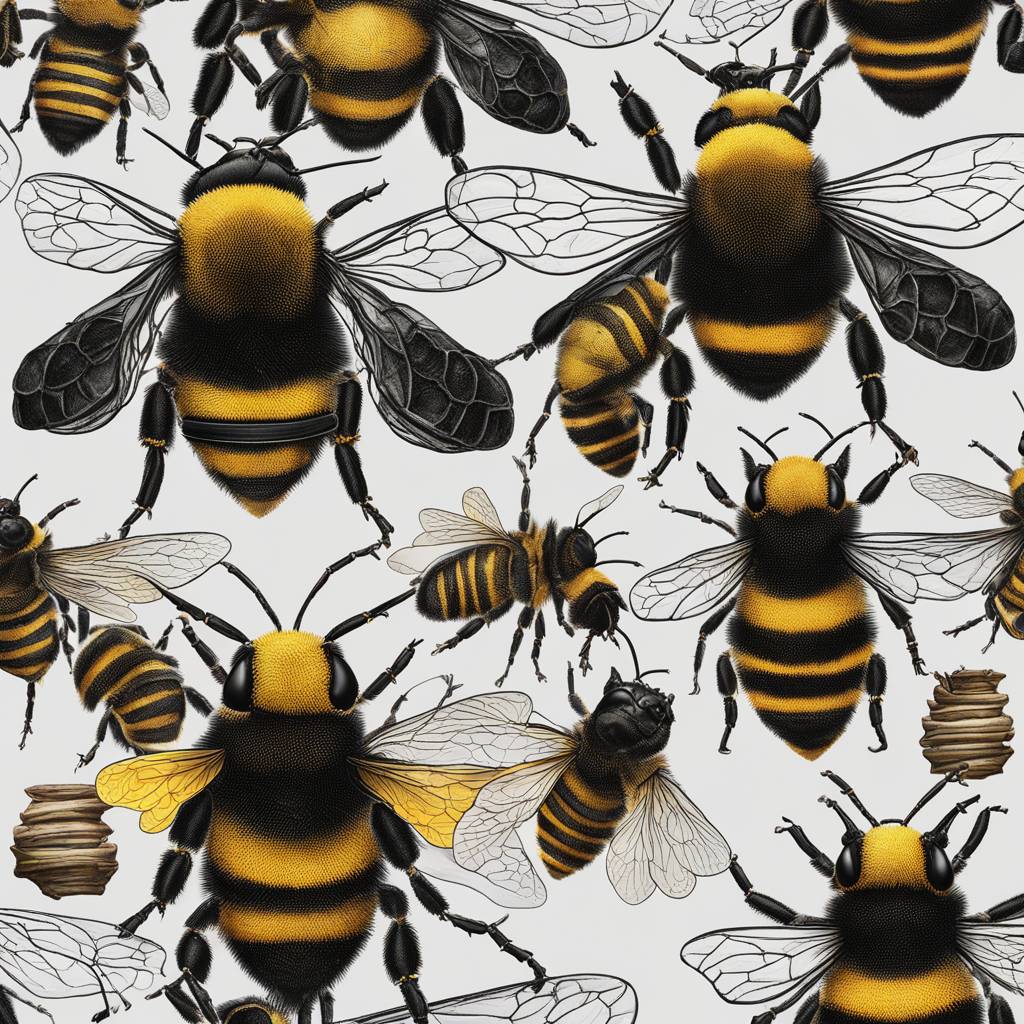Scientists have discovered how honeybees can interpret dances by their hive mates that provide directions to food. This research reveals that bees use their antennae to help decode the information communicated through these dances, even in the darkness of the hive. While it has been known for some time that bees perform waggle dances to indicate the direction and distance to food, the exact process of how bees interpret this information was previously unclear. This new insight into bee communication could help scientists understand how issues like habitat loss and pesticide use impact the ability of bees to locate food.
The University of Edinburgh research team studied a colony of honeybees at an apiary using high-resolution, slow-motion filming under infrared light. By closely observing the movements of the bees’ antennae during waggle dances, the researchers discovered that bees adjust the position of their antennae based on the angle of their body relative to the dancer. This allows bees to decode the information from the dances at various angles and positions, combining the signals from their antennae with their sense of gravity. The team found that bees can accurately interpret waggle dances by integrating information from their sensory systems and require fewer than one hundred neurons to do so.
The team’s findings were published in the journal Current Biology and were supported by organizations such as the European Research Council and the Janet Foreman Fund. PhD student Anna Hadjitofi from the University of Edinburgh’s School of Informatics expressed excitement over the discovery of the elegant neural mechanism employed by bees to decipher complex information with minimal resources. Professor Barbara Webb, also from the School of Informatics, highlighted the potential for understanding how insects process sophisticated calculations to inform the design of more compact and energy-efficient computers. This research sheds light on the impressive abilities of bees to communicate effectively and efficiently within their complex social structure.
By studying the bees’ behavior and neural mechanisms, the research provides valuable insights into how these insects navigate and communicate within their colony. The ability of bees to interpret and respond to waggle dances in the dark hive highlights the remarkable sensory capabilities of these creatures. Understanding the nuances of bee communication could aid in the conservation and management of these important pollinators, especially in the face of challenges such as habitat loss and pesticide use. The computational models used in the study offer a unique perspective on how bees process information and make decisions based on complex sensory inputs.
The study of bee communication not only enhances our understanding of these fascinating creatures but also has broader implications for the development of technology. By uncovering the neural mechanisms that enable bees to interpret waggle dances, researchers are gaining insights into how insects process information with remarkable efficiency. The ability of bees to perform complex calculations with minimal neural resources underscores their cognitive capabilities and offers inspiration for the design of more compact and energy-efficient computing systems. This research showcases the ingenuity of nature and the potential for bio-inspired solutions to engineering challenges in various fields.
Overall, the research on honeybee communication sheds light on the sophisticated mechanisms that enable these insects to navigate their environment and communicate crucial information to their hive mates. By studying how bees interpret waggle dances and integrate sensory inputs, the researchers have uncovered a remarkable neural mechanism that allows bees to make complex calculations with minimal neuronal resources. This research not only deepens our understanding of bee behavior but also has implications for the development of technology and the conservation of pollinators in the face of environmental challenges. Through their study of bee communication, the University of Edinburgh research team has shown the remarkable abilities of bees and the potential for bio-inspired solutions in various fields.


